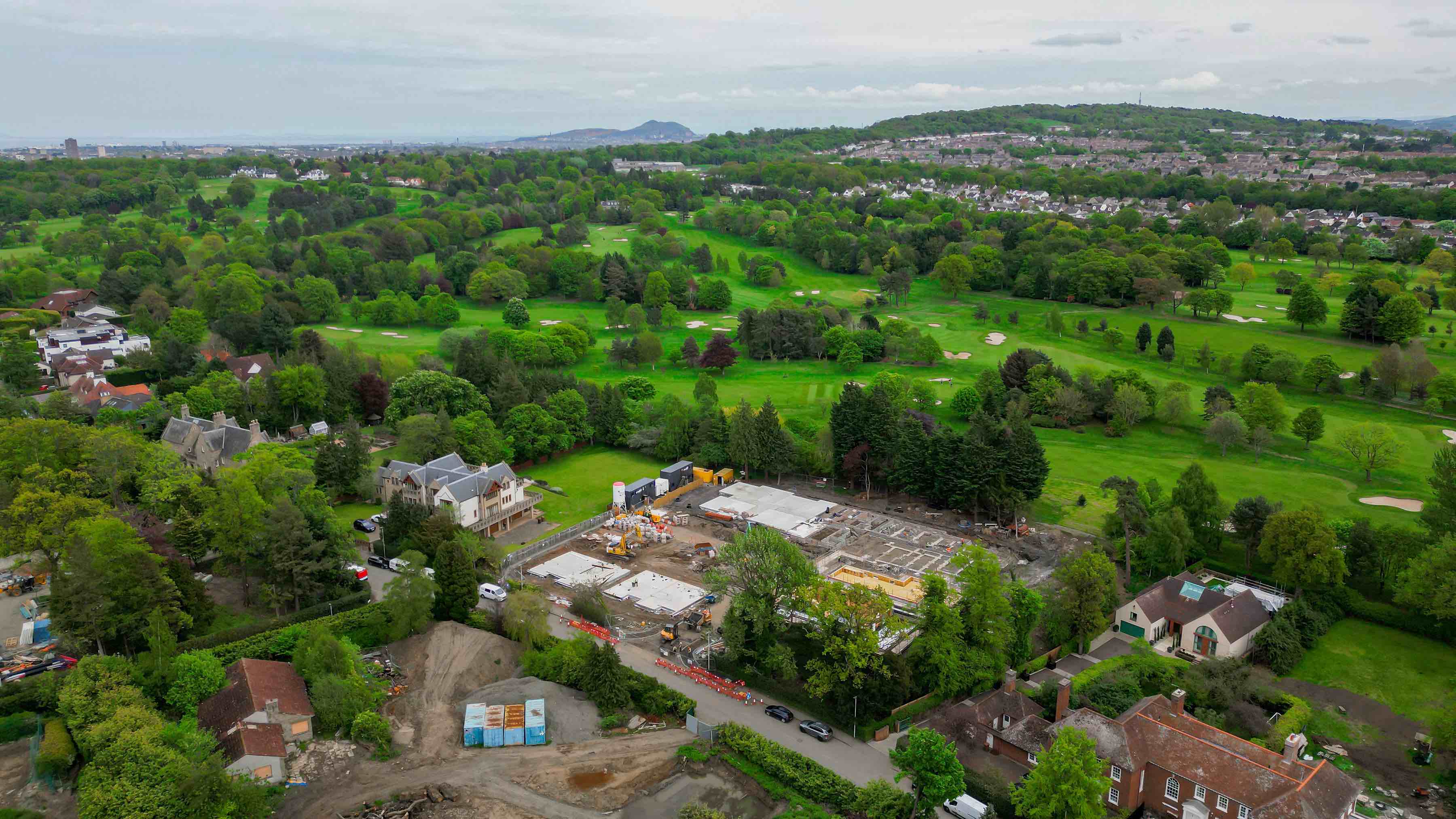What are greenfield and brownfield sites?

Politicians regularly lament the loss of the green belt as if it’s a limited natural resource, while brownfield sites are mentioned in newspaper articles without explaining how a piece of land qualifies as such.
We thought in this latest of our regular property related blogs, that we might take the opportunity to try to explain the concepts behind greenfield and brownfield sites, which might help alleviate some of the misunderstandings surrounding these relatively modern and uniquely British terms.
Cutting the ribbon
In the early years of the 20th century, towns and cities were expanding at an unprecedented rate. Suburban housing – known as ribbon developments – stretched along main roads, taking over farmland and swallowing up hamlets into suburban sprawl. It attracted a great deal of criticism at the time, most notably from George Orwell in his book Coming Up For Air.
The concept of green belts can be traced back to Queen Elizabeth I, though they rose to prominence in the 1930s when the Greater London Regional Planning Committee blocked ribbon developments by encircling the city’s boundaries with protected countryside. By the mid-1950s, green belts wrapped around towns and cities across the UK, preventing them from expanding or merging. Post-war new towns like East Kilbride and Livingston were created outside the green belt because the cities their residents migrated from couldn’t grow any further. Glasgow’s green belt still includes land around Drumchapel, Carmunnock and Summerston, for instance.
Greenfield land is identified by local councils and may comprise any land that’s never been built on. Only two per cent of land in Scotland is currently classed as green belt, because we have a proportionally smaller and more dispersed population than England (thirteen per cent green belt) or Northern Ireland (sixteen per cent). Greenfield land isn’t necessarily agricultural, and nor is it automatically protected from development. A large plot of land behind an existing house might receive planning approval, despite being inside the green belt.
Brown belt
A brownfield site is a piece of land which has been occupied by a permanent structure, such as housing or factories. Curiously, brownfield sites can exist within the green belt – a pre-war factory surrounded by subsequently-designated green belt fields would meet the definition, as might an abandoned agricultural operation.
These examples might be unusual in isolation, but on a national level, they occur in sufficient numbers to blur the boundaries between greenfield and brownfield sites. It’s also important to note that industrial brownfield sites, particularly in built up areas, can be complex to develop, leading to gap sites, such as the ones historically seen dotted across Leith and Glasgow’s east end. Yet where they can be redeveloped, brownfield sites allow valuable new housing to be built in sought-after urban settings with existing infrastructure and strong transport links nearby. Building here also reduces pressure on the green belt.
Back to Latest Posts




